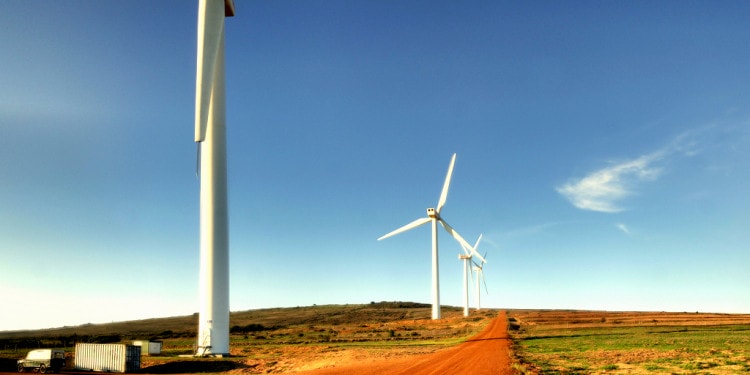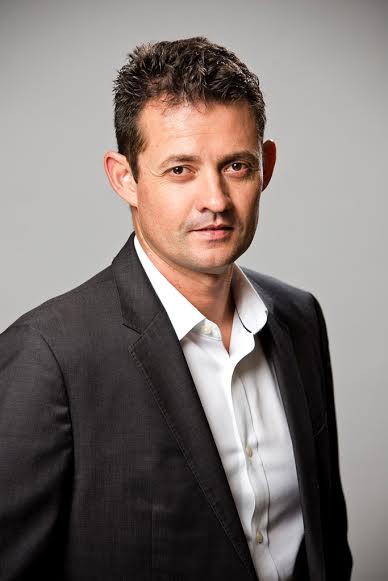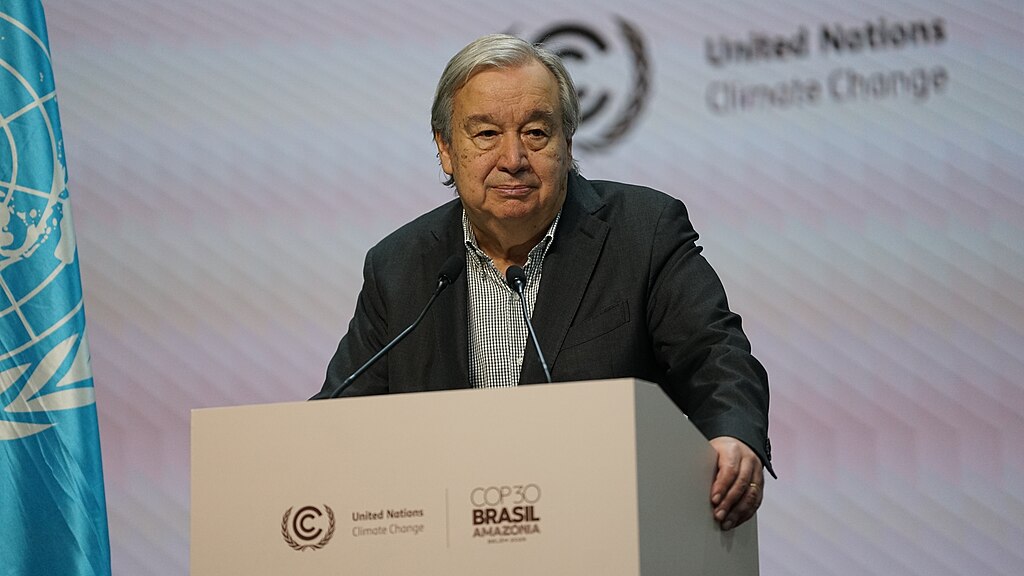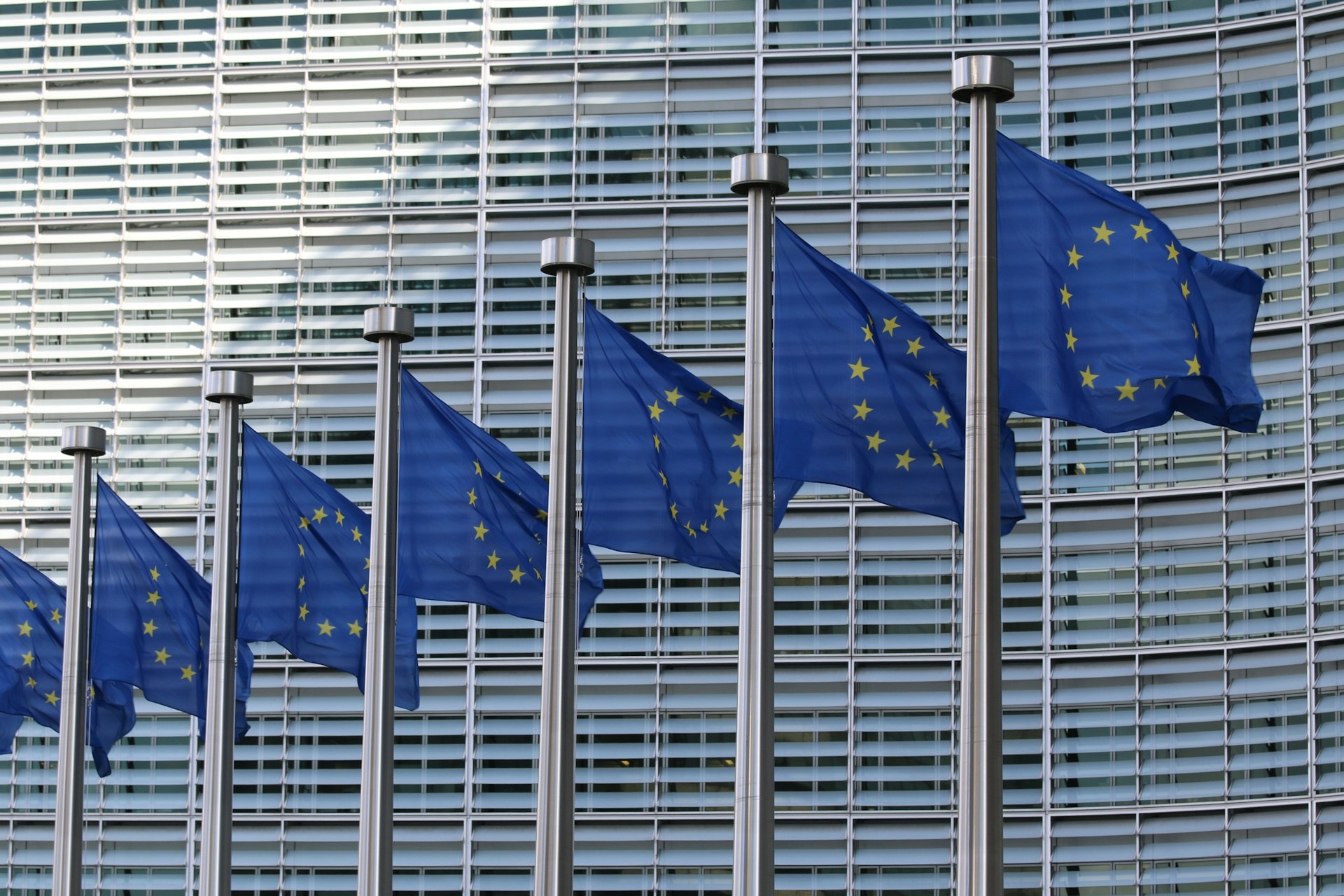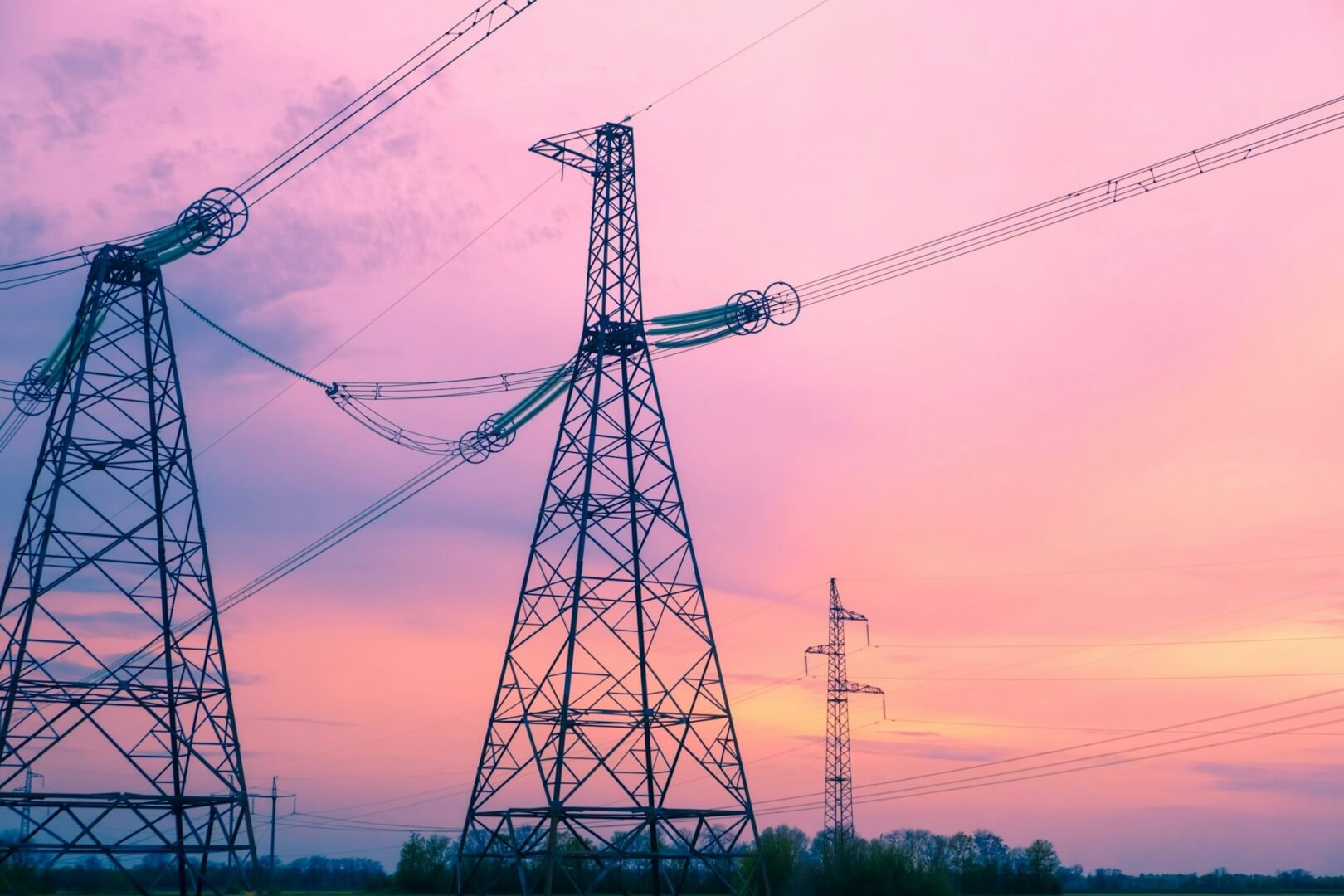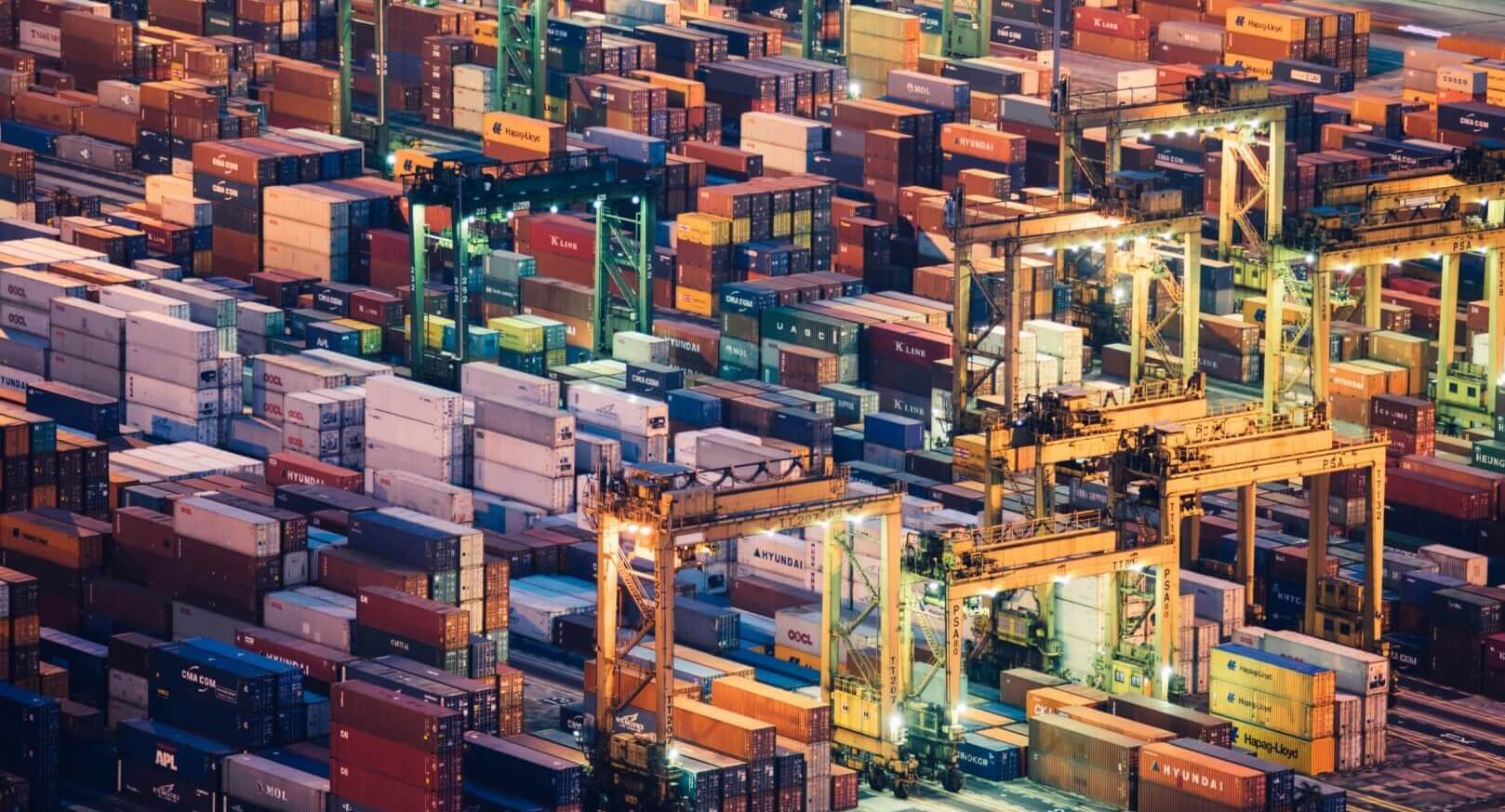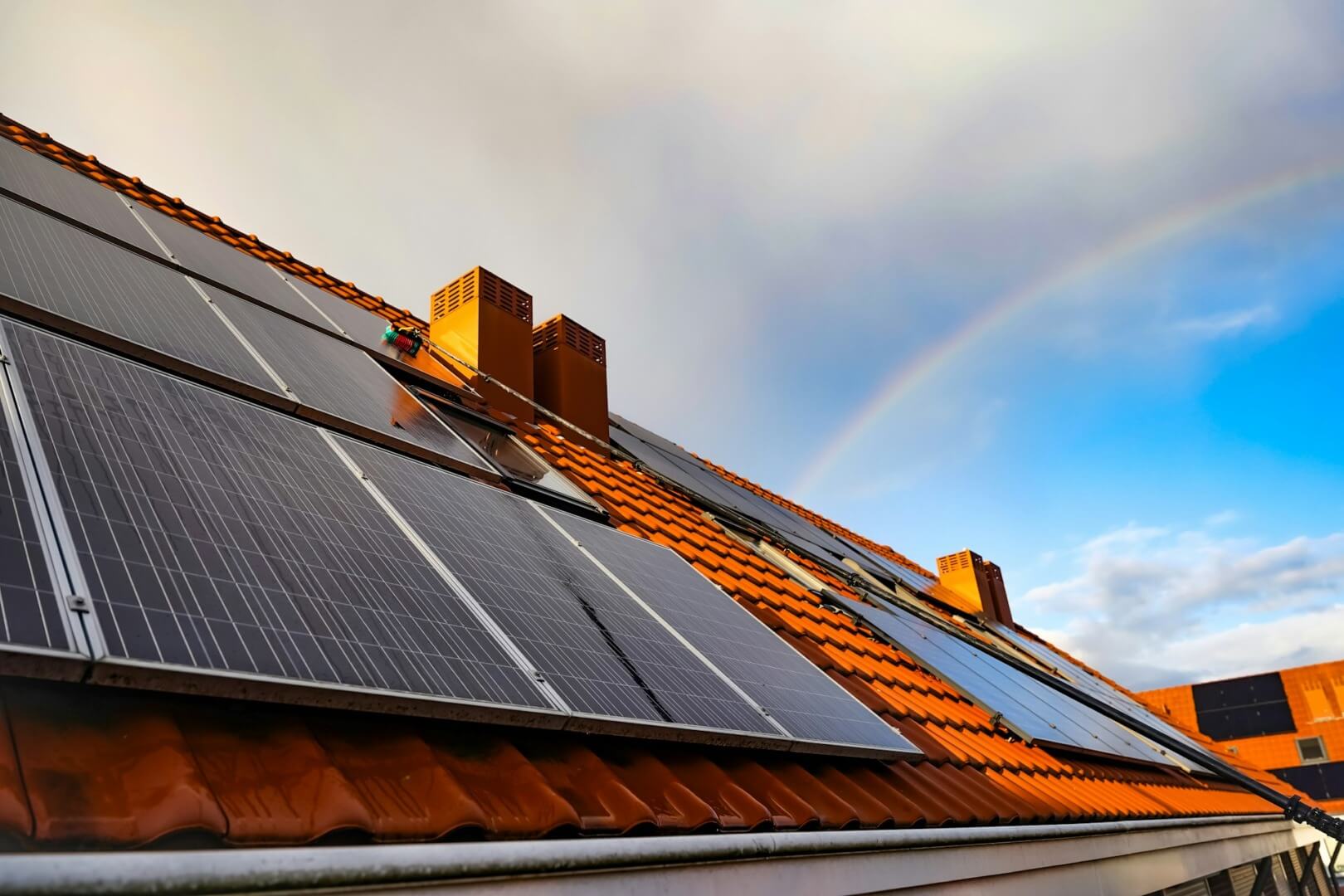Over the past few months, South Africa’s Eskom (Electrical Supply Commission) have had to implement heavy load shedding. Also known as rolling blackouts, these planned periods of electricity cuts are not new to South Africa. They are undertaken in order to reduce the energy consumption of the nation during periods of short supply.
Shane Kilfoil, Managing Director of Africa for the Eaton Corporation, is a specialist in electrical manufacturing in the region. In this interview he shares his insights on the current energy crisis in South Africa.
Q. Could you give a brief description of what load shedding is?
A. Load shedding is Eskom’s way of handling a situation where the energy demand outstrips the productive capacity of the country. It is done because they need time to perform service and maintenance of the plants and to allow time for refuelling of gas and water supplies. It is the way that Eskom can handle the capacity constraints without losing the entire grid.
Right now, our country is in a tough position.
Q. Why is this necessary for South Africa at the moment?
A. The necessity is driven out of the fact that the country is currently unable to generate enough power. A number of the fleet is under repair or unable to generate enough capacity. One of the coal silos at the Majuba power station collapsed last year, reducing capacity to the grid by 3000MW, resulting in Eskom not having enough working plants to generate the power required by the country. This resulted in the implementing of load shedding. This is expected to increase as South Africa enters the winter months, when there is an increase in use of heating in people’s houses.
 In the photo: Aerial view of Johannesburg- Credit to Rckr88
In the photo: Aerial view of Johannesburg- Credit to Rckr88
Q. How long is it going to continue being necessary for?
A. Right now, Eskom hasn’t been able to give us a timeline, which is why alternative energy is now gaining in popularity to help alleviate the problem. The power stations are very old, and the two new ones have not come on line as quickly as planned. The first will start coming on line over the next eighteen months, which will help a little bit. However, for the next couple of years we’re going to go through this transitionary period until Eskom is able to catch up with fixing the base generating capacity or bringing new power sources on line.
Q. Since South Africa has the potential to provide much of Southern Africa’s energy, do you think its energy shortages will affect neighboring countries?
A. South Africa is part of the Southern Africa power pool, so we used to export a lot of surplus power to other parts of the Southern African Development Community. The issue is that we don’t have that much additional power to give – if anything, we should probably be importing power right now.
 In the photo: Soweto Township- Credit to Hansweiby
In the photo: Soweto Township- Credit to Hansweiby
Q. There have been recent reports of the ANC party deeming the power cuts ‘insensitive’. Do you envisage more support from the government in the future and, if so, how would this kind of collaboration help to solve this energy crisis?
A. The government has a significant stake in the operation; the vice president is involved in supporting Eskom, so there is collaboration going on. To what level and how effective it is still to be seen. Cyrille Ramaphosa and the Eskom war room came up with a 5-point plan to help address the power crisis in the immediate to short term, but this will take time. There is no immediate solution, you cannot just build a power station overnight. There are other options to be looked at, such as rooftop solar energy. In Ghana, the government has announced a program that will help fund and encourage 200,000 rooftop solar installations, allowing the government to generate less electricity. But even that will take time to get going in South Africa. Right now, our country is in a tough position.
Q. You say that South Africa is in a “tough position”. What would you say is the animal that is representative of South Africa at the moment and why?
A. A Bull Elephant: despite the issues and struggles the country has, we are still forging ahead. There are problems in South Africa right now, including the lack of power, but the country is trying to address those.
One of the big debates is whether or not there should be more independent power producers (IPPs), such as wind or solar. South Africa started awarding contracts to IPPs to produce power and these can be brought to market relatively quickly and can be more stable when they are run by private enterprise who cannot afford a loss in revenue. Further deployments like this and the encouragement of co-generation projects with industry, can go a long way in helping resolve the issue.
However, when you compare South Africa to some other countries in the region, things don’t seem as bad. The reality is that our country at least has a lot of power with only occasional shortages. Go to places like Nigeria or Ghana and you will see that people are accustomed to not having power. South Africa has only relatively short or infrequent power cuts when compared to these regions.
 In the photo: African Bull Elephant – Credit to Jesse van Kalmthout
In the photo: African Bull Elephant – Credit to Jesse van Kalmthout
Additionally, our power has been historically very cheap, so we have become very resource dependent with our energy needs. Eskom has just asked for a further increase in electricity tarifs- if successful the price of power will increase by a further 13% from the 12% earlier in the year and consumers will realize a 25% increase in power this year. Right now Eskom has an interesting dilemma, they are providing less power and availability of it, but having to increase the price of our power to the consumer.
Eskom also has to address the impact of non-paying customers, municipalities and theft of electricity. These areas add strain to the grid while not paying and expecting the infrastructure to be maintained. There have been some recent efforts to minimize this by the introduction of prepaid meters. However, this has been met with a strong negative response and will take time to be implemented.
In top photo: Turbines on Darling Wind Farm- Credit to Warrenski


